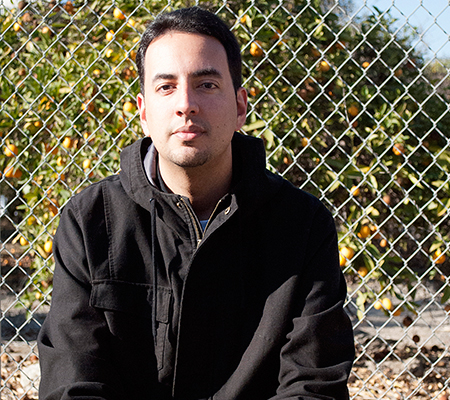
By Gabriel San Roman
Ralph Chaplin’s battle-tested “Solidarity Forever” continues to withstand the test of time hitting an eternal note at 100. The radical labor anthem celebrates its centennial having been birthed in Chicago on January 17, 1915 during a “Hunger Demonstration.”
Chaplin, a member of the Industrial Workers of the World (IWW), noted his song’s verses were baptized during the 1912-13 coal miners’ strike in Kanawha, West Virginia. Their solidarity ethos became blood-soaked in the logger wars that eventually erupted in the Everett Massacre when hundreds of members of the IWW boarded two steamers headed for Everett, Washington from Seattle to support their fellow workers who were beaten in an attack by Snohomish County Sheriff Don McRae’s men.
Upon docking, the Wobblies were met by the Sheriff and his deputies who assembled to stop them from landing. After words were exchanged, a single shot was fired setting off an exchange of gunfire in which five union members were killed as well as two deputies. It was in this intense climate of the Pacific Northwest that Chaplin placed the beating heart of “Solidarity Forever.”
As a Wobbly, he became editor of its Solidarity publication, penned songs and political graphics including, perhaps, the emblematic black cat “Sabo-Tabby” he is largely credited with creating. “Solidarity Forever” was itself written as a reflection of the IWW’s “One Big Union” aspirations. Chaplin held tightly to principles that played out among those struggling for the fate of labor. He was a fierce critic of the statist Bolshevism that emerged from the Russian Revolution as well as the capitalism-saving New Deal reformism that took hold in the United States.
In Chaplin’s self-reflective and explanatory “Why I Wrote Solidarity Forever” article, he noted that communists in the states chided it as the “Anarchists’ Marching Song.” Sung to the tune of “The Battle Hymn of the Republic,” Chaplin placed it at a time where rebellion against capital approached the proverbial fork in the road between the ballot box and direct action, between armed insurrection and the general strike.
As the labor movement evolved and the verses of “Solidarity Forever” expanded beyond its Wobbly origins, Chaplin remained steadfast. “Among those of us who managed to survive those stormy pioneering years, there is no one who does not look with a rather jaundiced eye upon the “success” of “Solidarity Forever,” Chaplin wrote. “All of us deeply resent seeing a song that was uniquely our own used as a singing commercial for the soft-boiled type of post-Wagner Act industrial unionism that use million-dollar slush funds to persuade the congressional office boys to do chores for them.”
Over time, the songwriter knew that his poetic anthem, whose chorus fittingly is sung in unison, had become bigger than himself. On countless picket lines, echoed behind the banjo plucking of the late Pete Seeger and resounding in the halls of Madison State Capitol during the Wisconsin Uprising of 2011, “Solidarity Forever” remains. Though the famous chorus is more immediately committed to memory, the final verse still holds a radical promise for those seeking to uproot the ravages of neoliberalism the world over.
“In our hands is placed a power greater than their hoarded gold / Greater than the might of armies, magnified a thousand-fold / We can bring to birth a new world from the ashes of the old / For the union makes us strong.”


